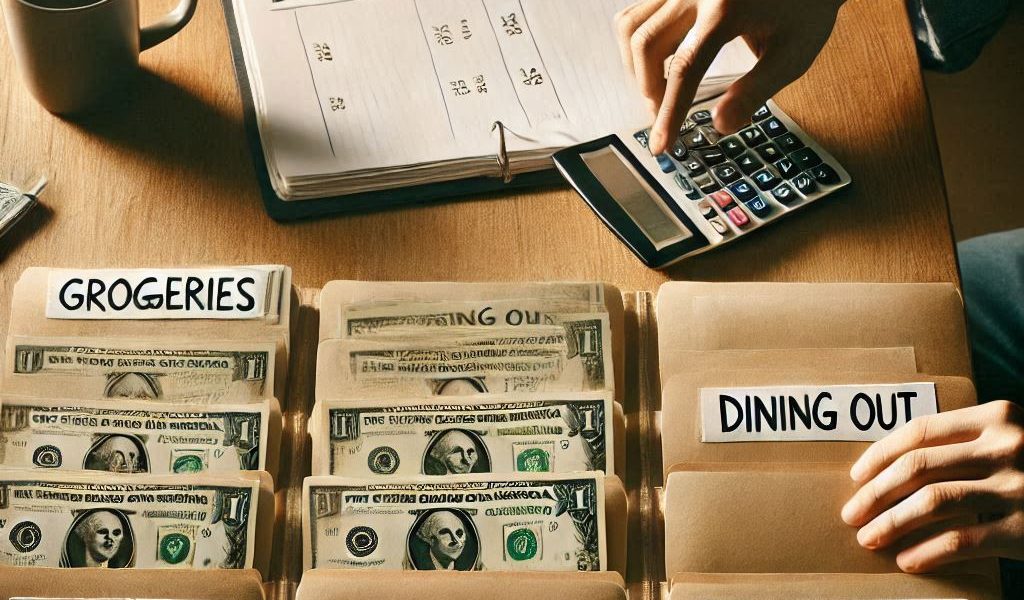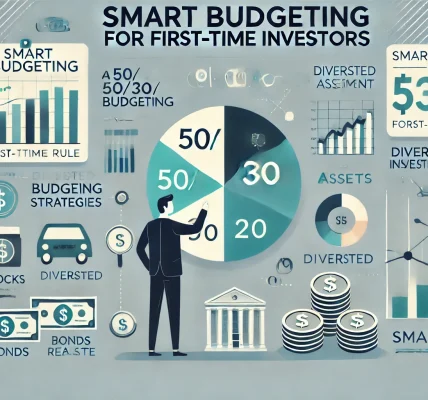In today’s digital world, it’s easy to swipe your card or transfer money without thinking twice. However, when it comes to budgeting and controlling your finances, using cash can still be one of the most effective methods. One popular strategy to manage cash is the envelope system, a simple but powerful tool that can help you stay on track with your spending.
In this blog, we’ll walk you through how to use the envelope system for budgeting, why it works, and how you can adapt it to your financial goals.
What is the Envelope System?
The envelope system is a cash-based budgeting method where you allocate a set amount of money for specific categories of spending. Each category has its own envelope (either physical or digital), and once the cash in the envelope is gone, you stop spending in that category for the month.
It’s a tried-and-true method for controlling your expenses, especially when you want to limit spending in discretionary categories like dining out, entertainment, or shopping.
How the Envelope System Works: A Step-by-Step Guide
Step 1: Determine Your Budget Categories
The first step in the envelope system is to categorize your monthly expenses. These categories will typically fall into two broad categories:
- Fixed Expenses: These are expenses that don’t change month-to-month, such as rent, utilities, car payments, or insurance.
- Variable Expenses: These fluctuate based on how much you spend, such as groceries, entertainment, and dining out.
For the envelope system, you’ll focus primarily on variable expenses, as these are where you can exercise control. Some common categories include:
- Groceries
- Dining out
- Entertainment
- Shopping
- Transportation (gas, parking, etc.)
You can even customize categories based on your unique spending habits.
Step 2: Set Spending Limits for Each Category
Once you’ve identified your categories, the next step is to set a spending limit for each one. Your limits should be realistic based on your monthly income and expenses. For example:
- Groceries: $250
- Dining out: $100
- Entertainment: $50
- Transportation: $75
The total sum of all categories should not exceed your monthly budget, so make sure to adjust your limits accordingly. If you overspend in one area, you’ll need to cut back elsewhere.
Step 3: Withdraw Cash and Fill Your Envelopes
Once your categories and spending limits are set, it’s time to withdraw the cash for each envelope. Here’s how you can do this:
- Visit your bank or ATM to withdraw the total amount you’ve allocated for variable expenses.
- Label each envelope with the category it represents (e.g., “Groceries,” “Dining out,” “Entertainment”).
- Put the designated cash amount into each envelope based on your budget.
It’s essential that you don’t dip into one category for another. If you’ve spent all your “Dining out” money for the month, that’s it—no more restaurant visits until next month. This reinforces discipline in your spending.
Step 4: Spend Only What’s in the Envelope
The true beauty of the envelope system lies in its simplicity. You’re limited to the amount of cash in each envelope for that particular category. This helps curb unnecessary spending, as you can literally see how much you have left for the month.
When you make a purchase, take the cash from the corresponding envelope. For example, if you buy groceries, pay with the cash from your “Groceries” envelope. Keep track of your purchases, so you always know how much you have left.
Step 5: Track Your Spending and Adjust
The envelope system also gives you immediate feedback on your spending. If you run out of cash in one category before the month ends, it’s a sign that you’ve overspent in that category. This will prompt you to adjust your behavior and make more mindful decisions.
At the end of the month, any unused cash in your envelopes can either be rolled over to the next month’s envelope or saved for an emergency fund or future goals.
Why the Envelope System Works
The envelope system is effective because it creates physical limits on your spending. Unlike credit cards or debit cards, which can be swiped repeatedly, the envelope system forces you to confront the reality of your spending limits. It encourages discipline and helps you avoid impulse buys.
Some key benefits include:
- Tangible control: Using actual cash makes you feel the value of money more strongly than a swipe of a card.
- Better money management: With clearly defined categories and spending limits, it’s easier to manage your finances and prioritize your needs over wants.
- Improved savings: By sticking to the budget, you can allocate any leftover funds toward your savings goals, emergency fund, or future investments.
Adapting the Envelope System to Digital Budgets
While the traditional envelope system uses physical cash, today’s world has moved increasingly toward digital transactions. Don’t worry—you can still implement a similar strategy using digital budgeting apps that offer virtual envelopes.
Apps like GoodBudget, Mvelopes, or Simple allow you to create virtual envelopes and track your spending digitally. You can set spending limits and monitor your progress without carrying cash.
While the digital method may not feel as tangible as the physical envelope, it still gives you the same benefit of categorizing and limiting your spending.
Common Mistakes to Avoid When Using the Envelope System
- Not being realistic: Be honest about your spending habits and create budgets that match your needs. If you allocate too little to groceries or transportation, you’ll quickly run into problems.
- Ignoring fixed expenses: While the envelope system is great for variable expenses, don’t forget to account for your fixed expenses (like rent or loan payments). Ensure you’re not cutting into your essential bills to fund discretionary categories.
- Not tracking your spending: Keep a record of every purchase. Failing to track spending can result in overspending and disorganization.
Final Thoughts
The envelope system is a simple, yet effective way to take control of your spending and stay within your budget. By using cash for specific categories, you’ll become more mindful of your spending habits, curb impulse purchases, and make wiser financial decisions.




